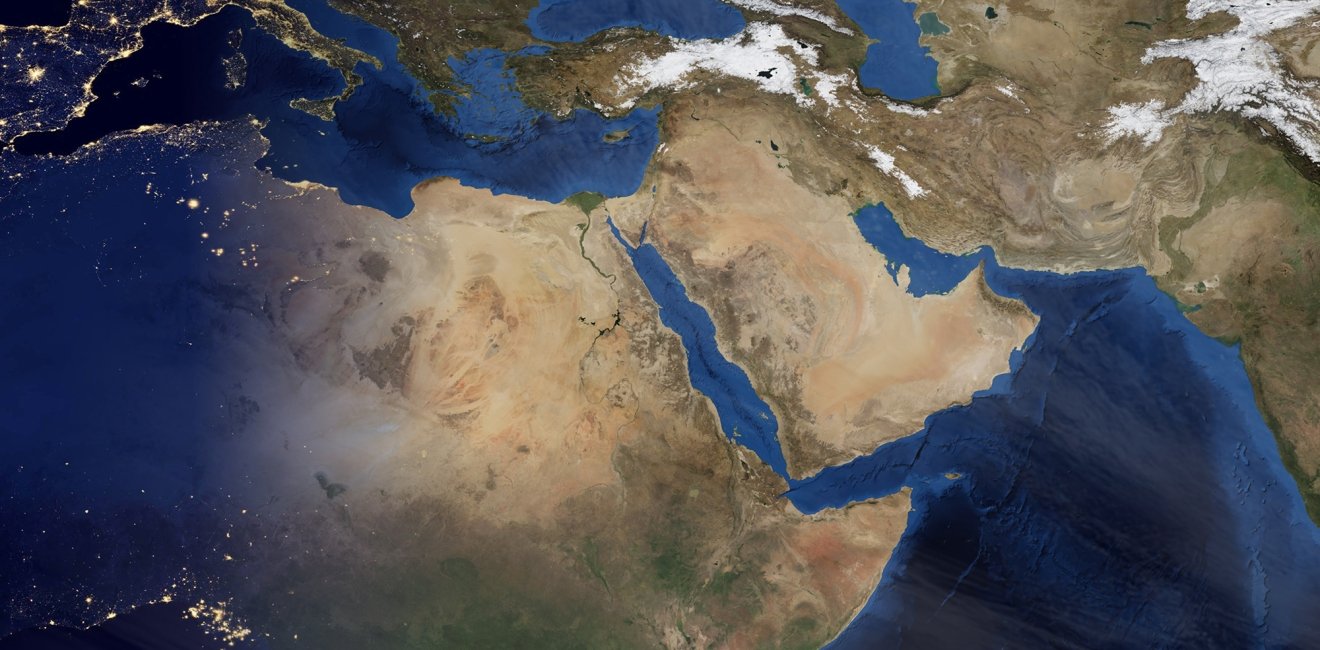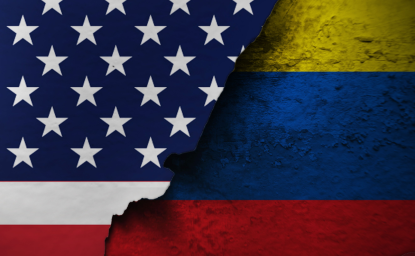China certainly scored a diplomatic coup in brokering the restoration of ties between Saudi Arabia and Iran, which was announced on Friday, March 10. But the two rivals for primacy in the Persian Gulf are still a long way off from “sharing the neighborhood,” as former President Barack Obama advised. The first litmus test will be whether they can even “share Yemen,” where their proxies have been at war for eight years.
Given the intense rivalry and extreme volatility in their past relations, using terms like “rapprochement” and “détente” to describe the renewal of ties seem premature. Even “reconciliation” remains to be seen. Since the I979 Islamic revolution in Iran, the two countries have gone through repeated cycles of intense hostility with only short-lived thaws.
Highs and many lows
The low points include the Saudi shooting down of four Iranian F-4 fighter jets in 1984, the Saudi killing of 275 Iranian pilgrims in Mecca in 1987, and the severance of diplomatic relations first from 1988 to 1991 and then again from 2016 to 2023. Both breaks in relations were initiated by Saudi Arabia after Iranians ransacked the Saudi embassy in Tehran.
The high points saw visits to the Saudi kingdom by two former Iranian presidents. Mohammed Khatami made the trip in 1999 - the first by any president since the Islamic revolution - and returned again for a four-day stay in 2002. Mahmoud Ahmadinejad went three times, twice in 2007. Saudi Crown Prince Abdallah, in turn, traveled to Tehran in 1997 for an Islamic summit and received red carpet treatment.
The Saudis have always viewed [Iran's] proposition as a ruse to eliminate the U.S. military presence there and therefore shown no interest.
The two sides have tried in vain, again and again, to formalize a working relationship. Since 1991, the Iranians have repeatedly put forth a proposal for an alliance with the Saudi-led Gulf Cooperation Council (GCC) to establish a security architecture for the Gulf. The Saudis have always viewed the proposition as a ruse to eliminate the U.S. military presence there and therefore shown no interest.
Still the Saudis have at times signed pacts with the Iranians. In May 1998, the two rivals signed a “Comprehensive Cooperation Agreement” and in 2001 a “security agreement” to fight together against terrorism, drug smuggling, and money laundering. The latter agreement was hailed in the Saudi press as “historic,” and in the words of Iran’s ambassador to Saudi Arabia at that time, “the most important development in the history of relations between the two countries.” Neither agreement took hold.
The Yemeni albatross
Given this very checkered history in their relationship, the question is: what chance does the latest restoration of ties have to, “find an effective way to share the neighborhood and institute some sort of cold peace,” as Obama put it in his 2016 interview with The Atlantic?
Saudi leaders have long insisted it is up to Iran to take the first step by showing some sign of retreat in its relentless drive to establish a key political role in Arab nations of the Middle East. The main indicator for them is Yemen, Saudi Arabia’s southern neighbor where it has long been the dominant foreign power. Houthi rebels seized control of the capital Sanaa in September 2014, and Iran quickly came to their military and political support. The Saudis responded with an invasion the following March and armed Yemeni tribes opposed to the Houthis. They also established a rival Yemeni government based in the south that gained international recognition, even though its rule has been increasingly disputed by secessionists there.
For Saudi Crown Prince Mohammed bin Salman (MBS), the Yemen venture has proven an albatross. He was personally responsible for leading it when the Saudi invasion began, as he had just been named defense minister by his father, King Salman. In fact, it was his first major foreign policy decision. It has led to the souring of his relations with the U.S. Congress that has repeatedly demanded an end to all U.S. military aid and sales to Saudi Arabia because of the disastrous outcomes of the war.
Yemen itself is in ruins and is one of the world’s worst humanitarian disasters, with 227,000 dead from famine alone...
Right now, fighting between pro-Saudi and pro-Iranian Yemeni factions has reached a standstill, U.N. mediators last year negotiated a ceasefire that, while periodically broken, still remains largely in place. Yemen itself is in ruins, however, and is one of the world’s worst humanitarian disasters, with 227,000 dead from famine alone, according to U.N. estimates.
The conditions for peace
The question now is whether Saudi Arabia and Iran can find a modus vivendi in Yemen upon which to build a real détente, or at least a “cold peace.” This would probably require Saudi Arabia to recognize the Houthi government in Sanaa and its control over northern Yemen, where most of Yemen’s 33 million people live. Iran, on the other hand, would presumably have to terminate arms supplies to the Houthis. These have included missiles and drones that the Houthis have rained down by the hundreds on strategic targets inside the Saudi kingdom, including its oil and gas facilities.
Saudi negotiators have held periodic talks for months now, with both emissaries from Iran in Baghdad and those of the Houthis in Muscat, Oman. So far, no agreement has been announced.
In any case, it remains far from clear if Iran is ready to stop arming the Houthis. On the contrary, a statement in early February from the U.S. Central Command said U.S., British, and French warships had seized 5,000 rifles, 1.5 million rounds of ammunition, scores of anti-tank missiles, and parts for ballistic missiles from dhows plying the Gulf of Oman on their way from Iran to the Houthis. They had carried out four seizures over the past two months. In addition, the British Navy declared it had captured more Iranian antitank missiles and fins for ballistic missiles from dhows on February 23.
These arms shipments could be the last before Iran stops as part of a deal with Saudi Arabia. Or, it could be a sign Iran is backing a new Houthi offensive in the making. The Houthis have been trying to extend their hold over Yemen to include its oil fields and pipelines in the center and south of the country. A new campaign would almost certainly sink any hopes for an eventual Iranian-Saudi détente as well as China’s diplomatic bid to become a power player in the Gulf.
The views expressed in these articles are those of the author and do not reflect an official position of the Wilson Center.






